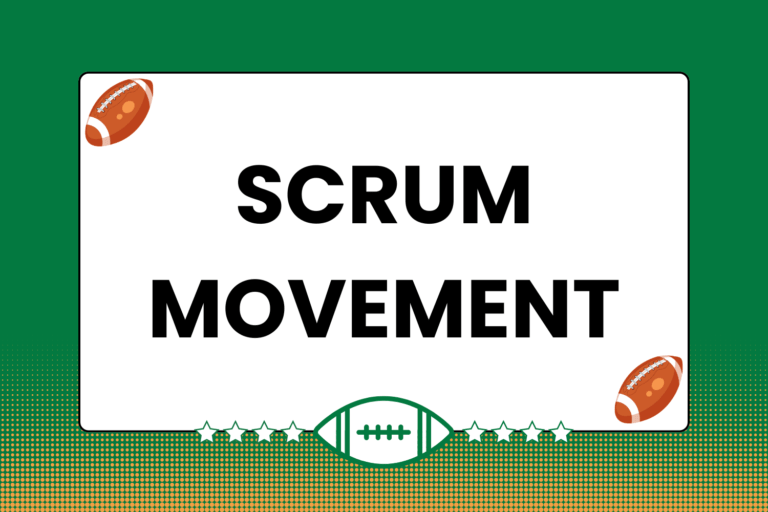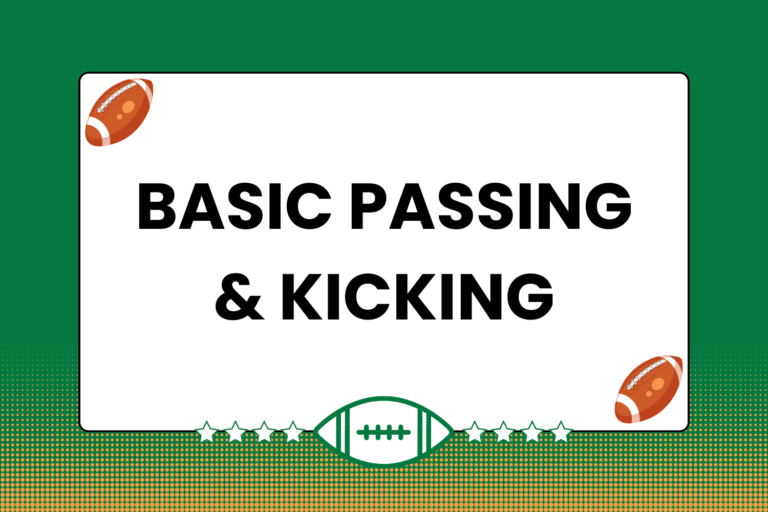Though lineouts occur infrequently throughout most rugby matches, it’s important to train for them like you would any other part of the game. Lineout preparation boils down to two responsibilities: Making sure ample time is devoted to practicing lineouts during training sessions, and creating plays that are specifically executed from the lineout. This guide identifies several different lineout plays, and explains how each is supposed to work.
The Catch & Maul
The most common lineout play is simply having one of the jumpers catch the ball, secure it, and come back to the ground. At this point, the other forwards will all close in on the jumper with the ball and form a maul, driving ahead until they’re stopped by the defense. While it’s not the most exciting play, it’s generally the safest. The jumper is only concerned with catching the ball — rather than trying to pass it off in mid-air — so it’s easier to execute than most other plays. Also, the catch and maul is frequently used as the first stage of a two-stage lineout play. The first part is catching the ball and establishing the maul, and the second part is a series of coordinated moves and passes made by the backs.
The Short Throw
The laws of the game state that when performing a lineout, the throw-in must be thrown straight and travel at least five meters. The rules go on to state many other requirements, but it’s important to note that any lineout participant (except for the thrower and receiver) is allowed to catch the ball from a lineout. As a result, it would be a rather sneaky — but perfectly legal — move to throw the ball to the closest lifter. Strategically, your goal is to get the ball in quickly to an unexpected target.
Ideally, several other forwards should immediately swarm in and form a maul once the throw is made. Even if this strategy doesn’t work, they should still quickly move in to support the lifter that catches the throw-in, as he will not have much room to maneuver. Another option would be to have him immediately pass the ball out, either to the receiver or to the waiting backs. Whatever move follows, it should be made quickly; the short throw will likely catch the other team off guard, but not for long.
The Quick Offload
Normal lineout protocol is for the thrower to get the ball to one of the jumpers. When that happens, however, it doesn’t mean that that player automatically has to come down with the ball. Though he is only in the air for a brief moment, a good jumper should be able to quickly scan his team’s side of the field and find a teammate who’s open for a pass. Normally this will be the receiver or one of the backs.
From there, the receiver can either pass it out himself or make a play with the ball. Whatever the jumper decides to do with the ball, the key is to make the decision quickly. The jumper’s pass will almost always be more accurate when it’s made from the highest point in the jump, as opposed to making it on the way back down to the ground.
Mental Edge
Some teams that use the quick offload play don’t even waste time catching the ball. When practicing this play, such teams have the jumpers swat the ball down to the receiver, rather than catching and passing it.
Peeling Off
Another type of quick-passing lineout play involves getting the ball to one of the lineout players, rather than the receiver. In these types of plays, the throw-in will usually go to one of the players farther back in the lineout, which creates a better passing angle. For example, if the throw-in goes to one of the rear jumpers, the forward that peels off will move toward him. In doing so, that forward will automatically be heading toward the middle of the field, where there is both more room to maneuver and more passing options.
Typically the lineout player that peels off will be one of the faster forwards—a flanker or lock, for example. This is because the success rate for this kind of lineout play directly hinges on the amount of time it takes to develop. In other words, the quicker the play develops, the more likely it is to work.
Keep Them Guessing
It’s important to understand that the same lineout play will not, in all likelihood, work every time. The defense will eventually pick up on the play and start intercepting the ball if the throw-in keeps going to the same player. Be sure to practice different lineout plays so you’ll have several options to choose from on game day.





